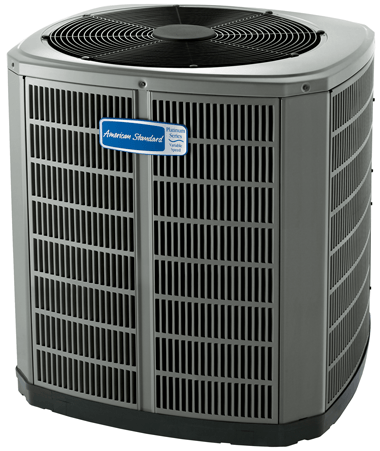Water heater safety is a topic which is often overlooked in many households, but if you want to be certain that your home is a safe household then it definitely deserves some attention.
Although your water heater stays out of site and out of mind for the majority of the time you’re at home, it’s important to not forget about performing regular maintenance to ensure safety and so that your heating equipment is running efficiently. Getting to know a little about the equipment in your home and how it works is a key component of water heater safety, or safety in general when it comes to any sort of technical equipment.
Parts of a water heater
A typical residential water heater tank holds 40 to 60 gallons and has to have the ability to withstand the pressure of a residential water system, which runs 50 to 100 pounds of water per square inch (psi). A steel water heater tank has the ability to handle 300 psi and also normally have a bonded glass liner which keeps rust from entering the water steam. Other important parts of a water heater are:
- A thermostat used to monitor and control the temperature of the water inside the tank
- A drain valve which can be used to drain the water heater when replacing parts, or when moving the tank.
- A pipe which allows hot water to leave the tank
- A dip tube which lets cold water enter the tank
- Heating elements
- A sacrificial anode rod which keeps the steel tank from corroding
- A temperature or pressure relief valve which keeps the tank from exploding
Temperature or pressure relief valve
If your home’s water heater ever exceeds beyond a safe temperature or pressure, the temperature and pressure relief valve is there to ensure that your tank does not explode or cause damages. Sadly, these residential valves have been known to fail on occasion. An important water heater safety tip which will keep yours from failing would be to test your T&P relief valve on an annual basis by following these two steps:
Step one: Pull up on the handle and water should rapidly flow out. When letting go of the handle the water should stop flowing. If this is not the case and the water either only drips, runs, or there is no water running at all, then this is a clear indication that the valve needs a replacement.
Step two: Flush the hot water through the drain valve in order to remove any buildup of sediment. Your water heater system should have a drain line which is typically six inches in the floor, or plumbed to the outdoors. The drain line is there to ensure that you aren’t burned if the valve is ever open with you being near it.
Some additional water heater safety recommendations to keep you and your family safe:
- A precautionary measure which you can take is to install an automatic gas-shutoff valve which will stop the flow of gas if gas flow increases substantially or if the ground moves. The gas-shutoff valve is used to prevent fires in the case of any disaster, such as an earthquake, tornado, or flood.
- Remove dust, any combustibles, and paper from around the water heater.
- Make sure the pilot light is off before the use of any flammable liquids in the household.
- You can insulate the first six feet of hot water pipe and the first three feet of cold water pipe. Insulating the hot water pipe will reduce heat loss, while insulating the cold water pipe will reduce sweating. Pipe wrap insulation is readily available in most hardware stores and is commonly used for this purpose. Pipe wrap insulation shouldn’t be used within six inches of the flue exhaust vent or draft hood.
- If your water heater is in the garage it should raised so that the pilot light is at least 18 inches off the ground. This is done to prevent the ignition of any flammable vapors on the floor.
- In the case of a disaster, it would be a good idea to strap your water heater to the wall to prevent it from tipping over and breaking a gas line.
If you have any further questions or concerns regarding water heater safety or any of your other HVAC needs, DeMark Home Ontario is more than willing to help solve your problem. Our experts will provide you with quick and efficient water heater service and replacement performed by our highly experienced and trained technicians. Call us at 647-847-2998 or fill out online request form and we will be happy to assist you with your request.
Easy Rentals...
The post Water heater safety tips appeared first on DeMark Home Ontario Furnaces, A/C, Water Heaters.
